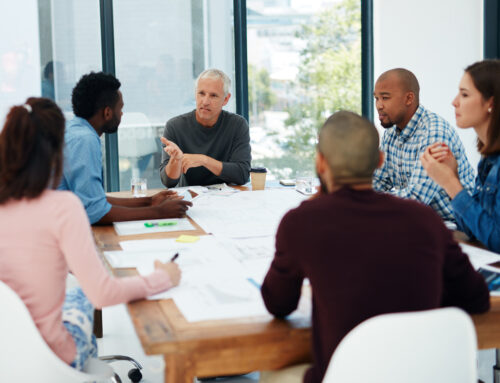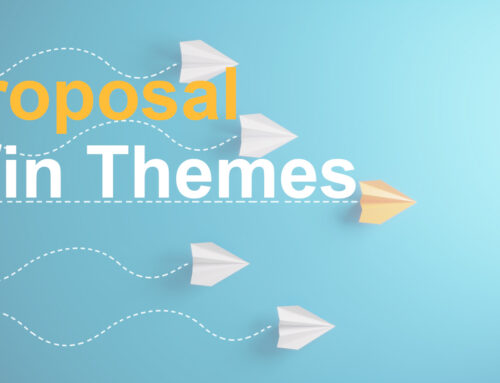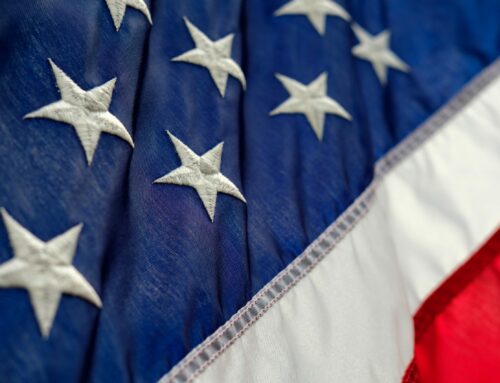 There are two levels of win strategies: the first level is when you evaluate your win capability upon first learning of an opportunity and start doing your homework in preparation for the RFP release. The second level is when you receive the RFP evaluation factors. If your win strategies and themes do not address the evaluation factors, you are wasting your time and B&P money.
There are two levels of win strategies: the first level is when you evaluate your win capability upon first learning of an opportunity and start doing your homework in preparation for the RFP release. The second level is when you receive the RFP evaluation factors. If your win strategies and themes do not address the evaluation factors, you are wasting your time and B&P money.
Several years ago, Roger Dean of Engineered Proposals and I approached this problem and developed the Proposal Strategy Tree. In this tree, the left column shows the usual proposal development approach. The right column shows how we tuned the win strategy and theme process to provide the “most bang for the buck.
This process provides a structured and effective method to identify the benefits of your offering and to focus its features / benefits directly into your customer’s proposal evaluation process where it can do you the most good.
Start with the 6 part Win Strategy Guidelines described in earlier articles to identify your first-level strategies. After you receive the RFP, study Section M Evaluations Factors (or its equivalent in non-standard RFPs) to focus upon what your customer is specifically looking for.
Make a table of these evaluation factors, sub factors, etc., and then assess your program offering against these criteria. How does your offering address each evaluation factor or sub factor in a way that differentiates it from your competitors, and how does that difference benefit your customer? If you don’t have a unique aspect of your offering, then settle for a “me too” so that your competitors don’t get an advantage over you.
Your customer selects systems and services the same way you make your own selections: The selected item has unique characteristics that the alternatives do not; these unique characteristics are important enough to you to sway your decision; you trust the seller to deliver a quality item as promised; and the price acceptable for what you are getting.
Similarly, if your offering is not unique to you, your customer doesn’t have to buy it from you; if it’s not important to them then they won’t care, and if they don’t trust you, they won’t buy from you.
Once you have your win strategies, develop your simple, catchy win themes and verbalize them to ensure they are in a form can be easily remembered. Certainly no more than thirty words. As the Broadway producer David Belasco said: “If you can’t write your idea on the back of my business card, you don’t have a sound idea.”
These win themes should be inserted into your text in conspicuous places (i.e., figure captions, headlines introducing proposal sections, paragraphs lead-ins, etc.)






Leave A Comment